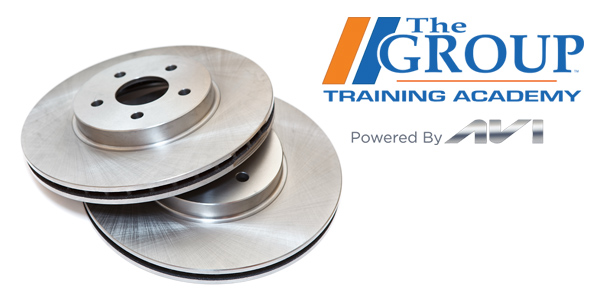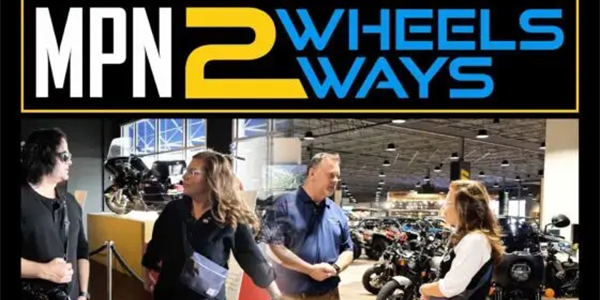CC:
If you’ve tried to find the fuel pressure regulator on many late-model engines by looking in the engine compartment, you won’t find it there because the regulator has been relocated to the fuel tank, or it has been eliminated altogether.
Engines with “returnless” fuel systems might have the regulator inside the fuel tank. The regulator is part of the fuel pump assembly and is usually located downstream of the in-tank fuel filter.
On older systems, the fuel pressure was controlled by a vacuum-operated regulator mounted on the fuel rail. Intake vacuum was routed to the regulator through a vacuum hose and pulled against a spring-loaded diaphragm to maintain a preset pressure differential in the fuel system.
When intake manifold vacuum is high, excess fuel pressure is vented through the regulator bypass valve and routed back to the fuel tank via a fuel return line. Unfortunately, this carries a lot of engine heat back to the fuel tank and increases evaporative fuel vapor emissions.
Relocating the regulator to the fuel tank eliminates the circulation of fuel between the engine and tank, so the fuel stays cooler. It also simplifies the fuel system plumbing by eliminating the return line. Another advantage is that putting the regulator in the fuel tank keeps it away from engine heat and extends its life. The only downside with the returnless setup is servicing the regulator in the tank, or it is mounted to the fuel pump module.
What was the solution to the regulator issue? Get rid of the regulator altogether and control the speed of the pump and the pressure produced. Most late-model vehicles use this strategy by controlling the pressure using a pulse-width modulated signal to the pump.
The pump speed is driven by the fuel pressure sensor typically mounted to the fuel rail. This means you will probably need a scan tool to diagnose the fuel pump.
This video is sponsored by Carter Engineering.













